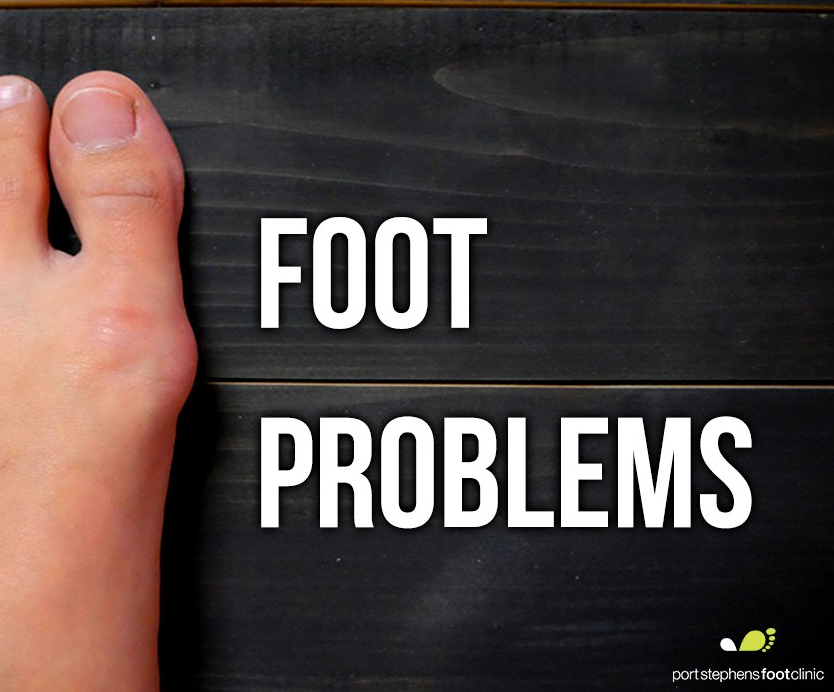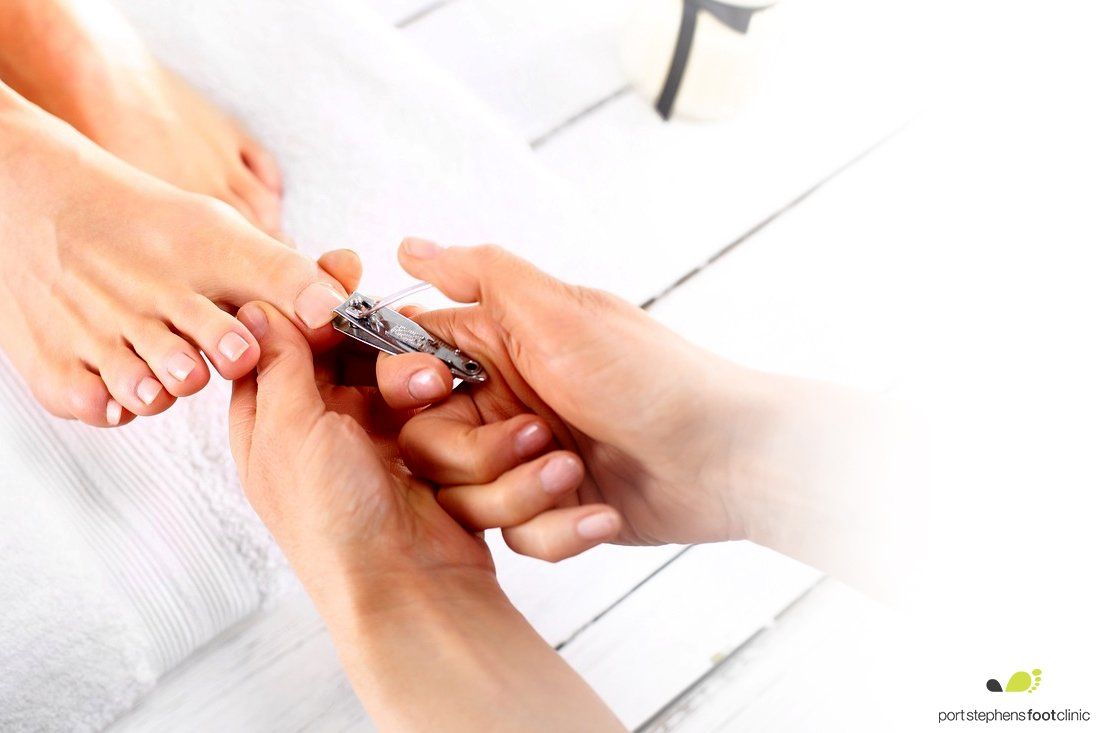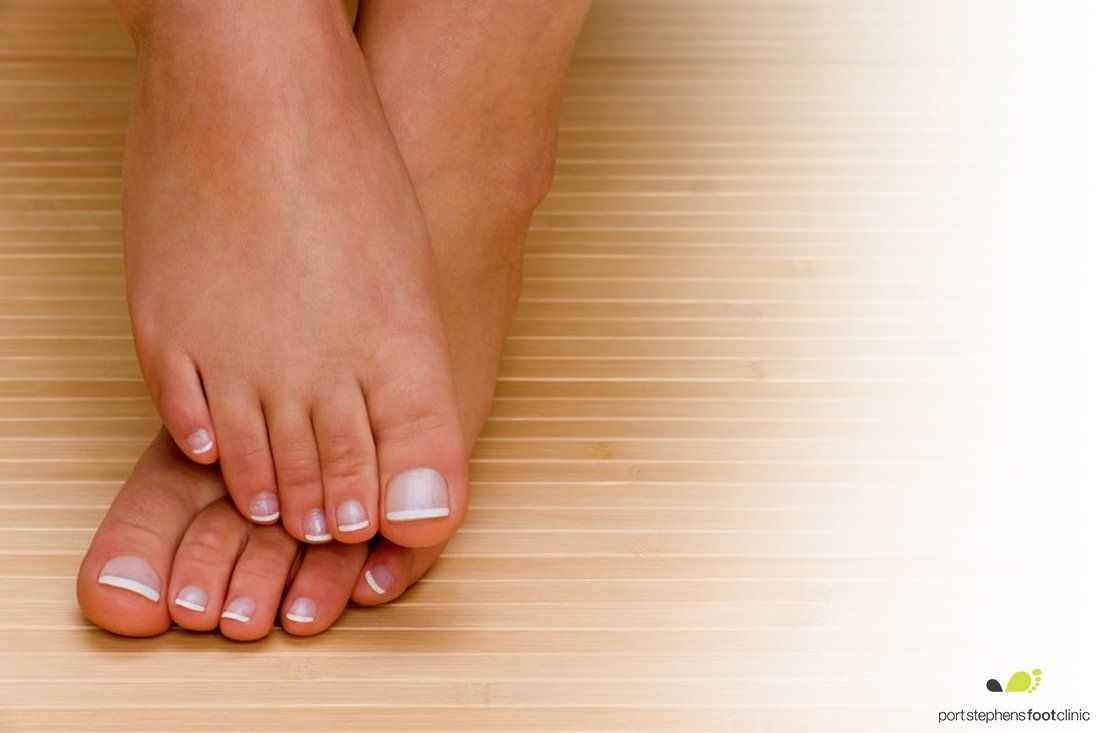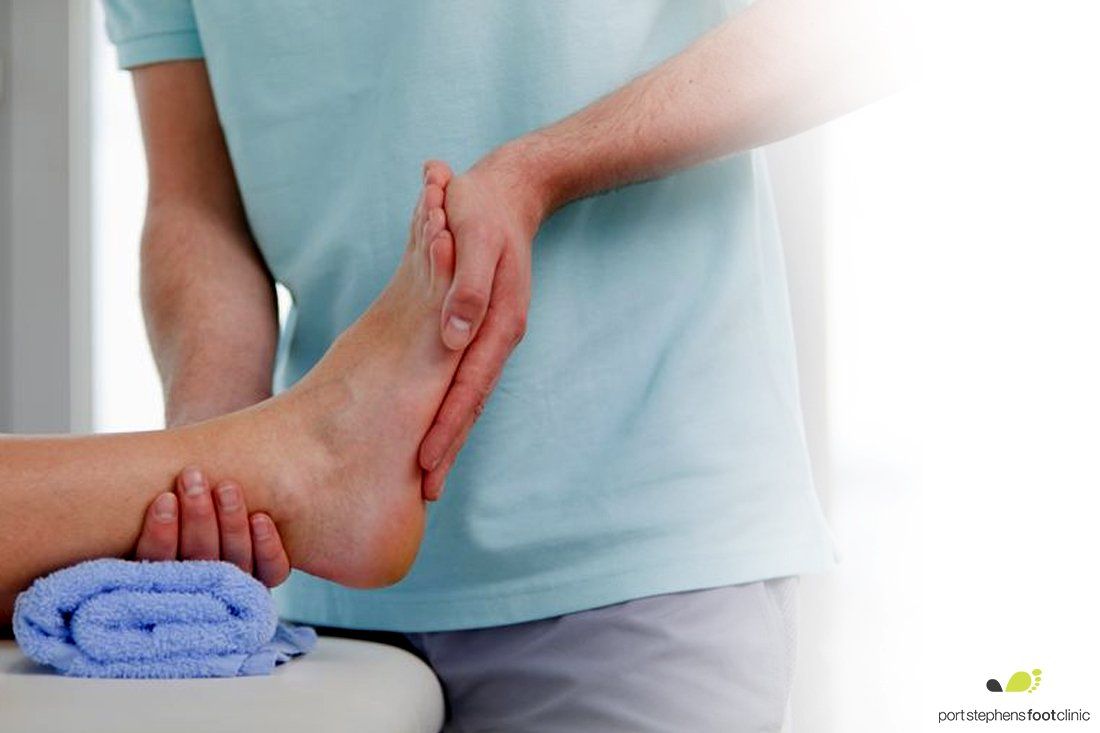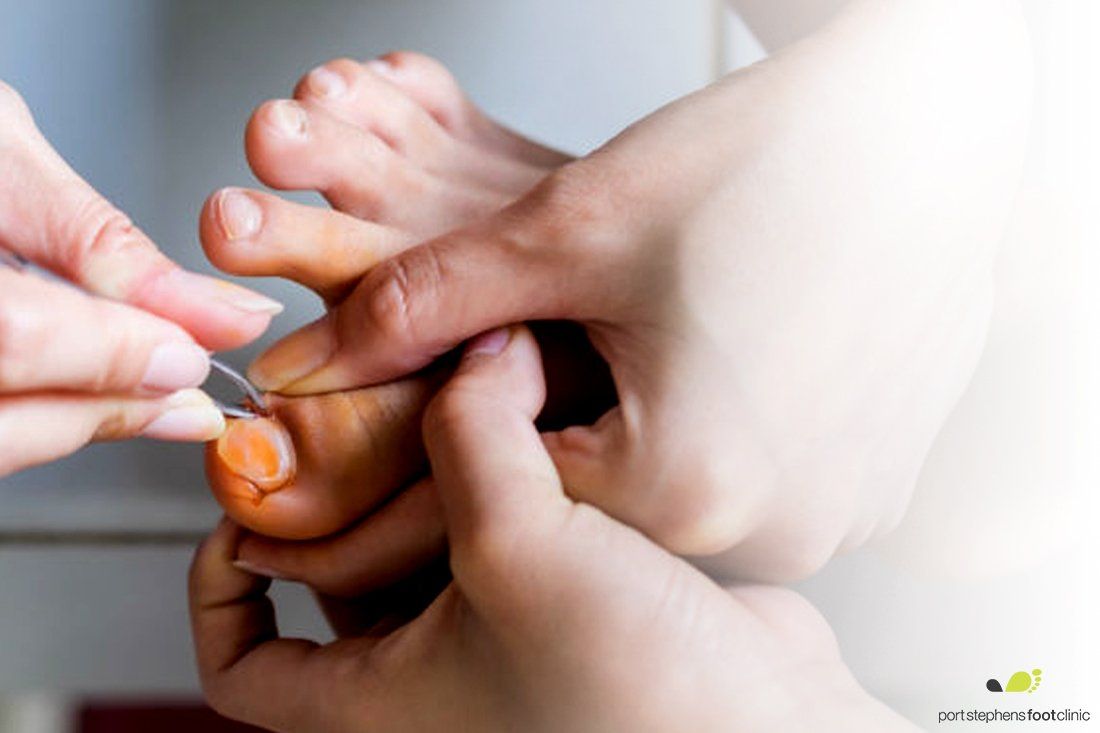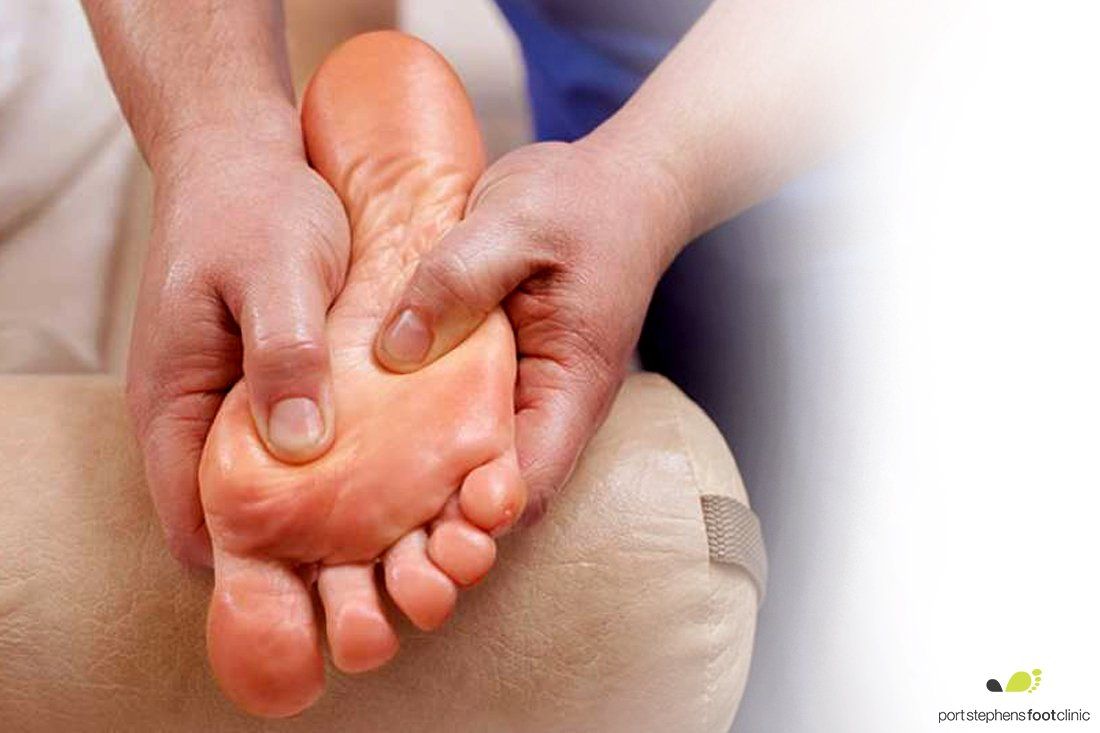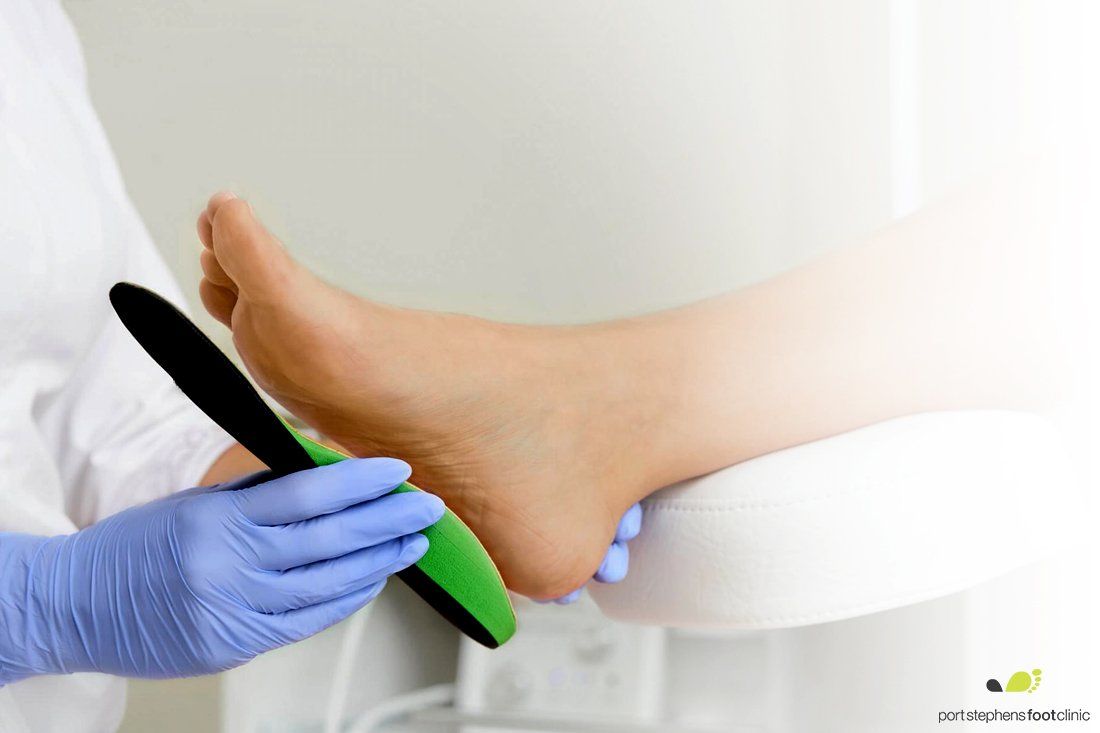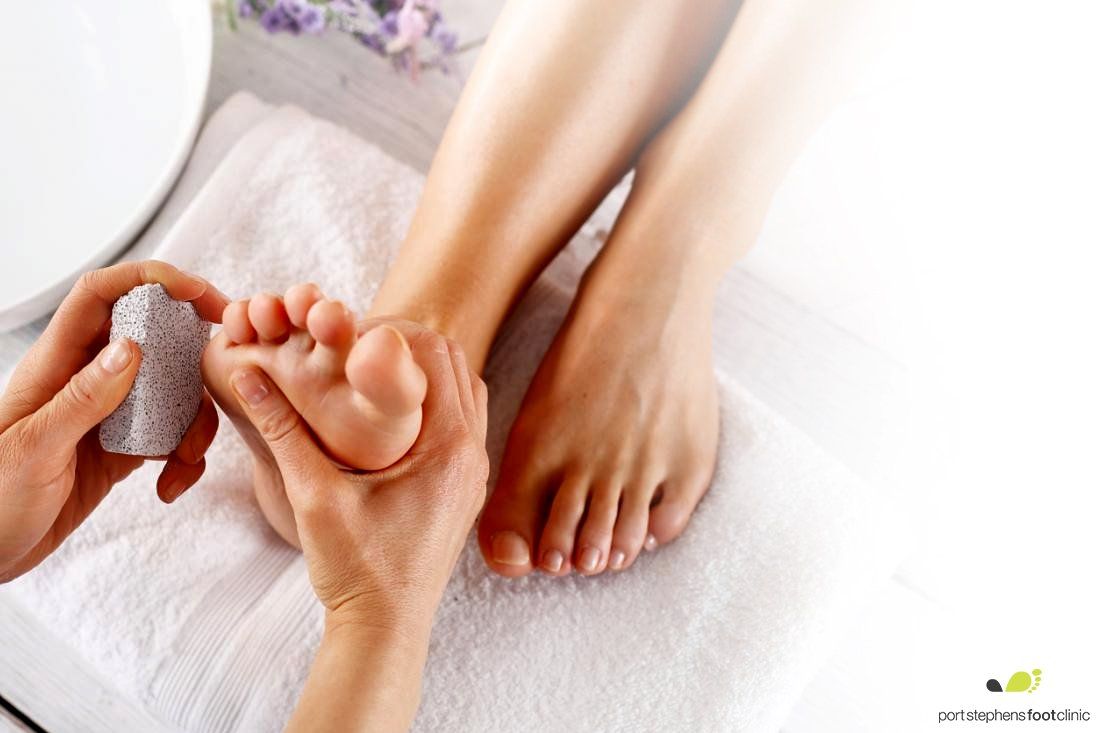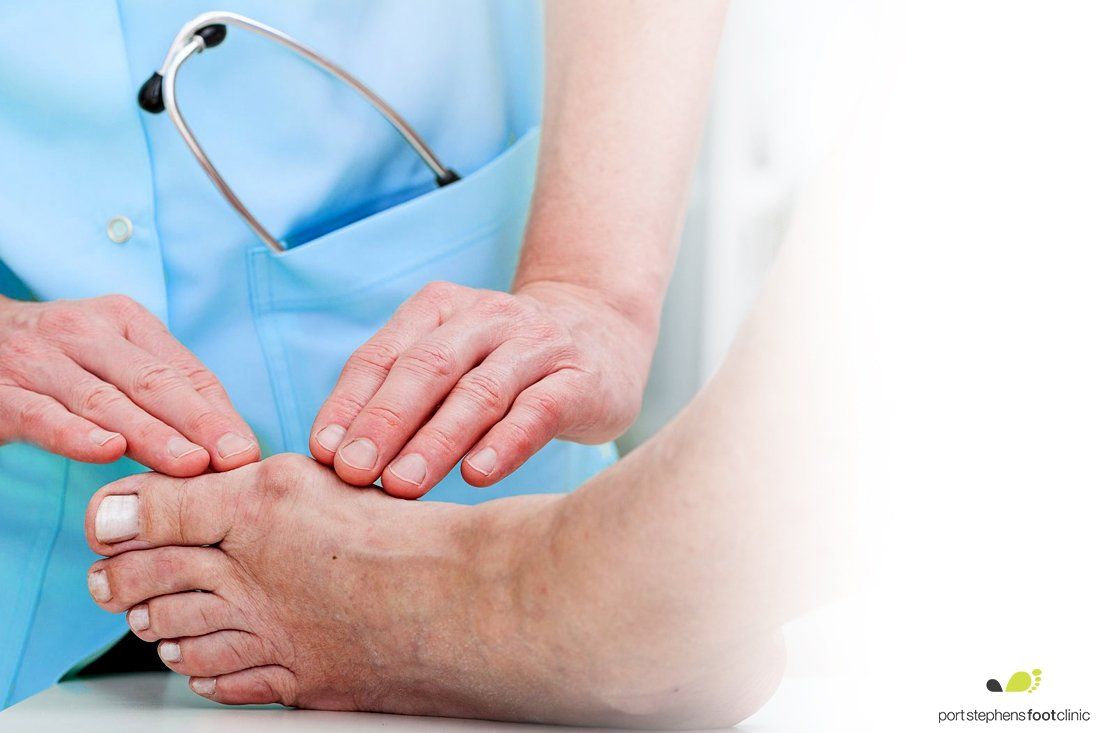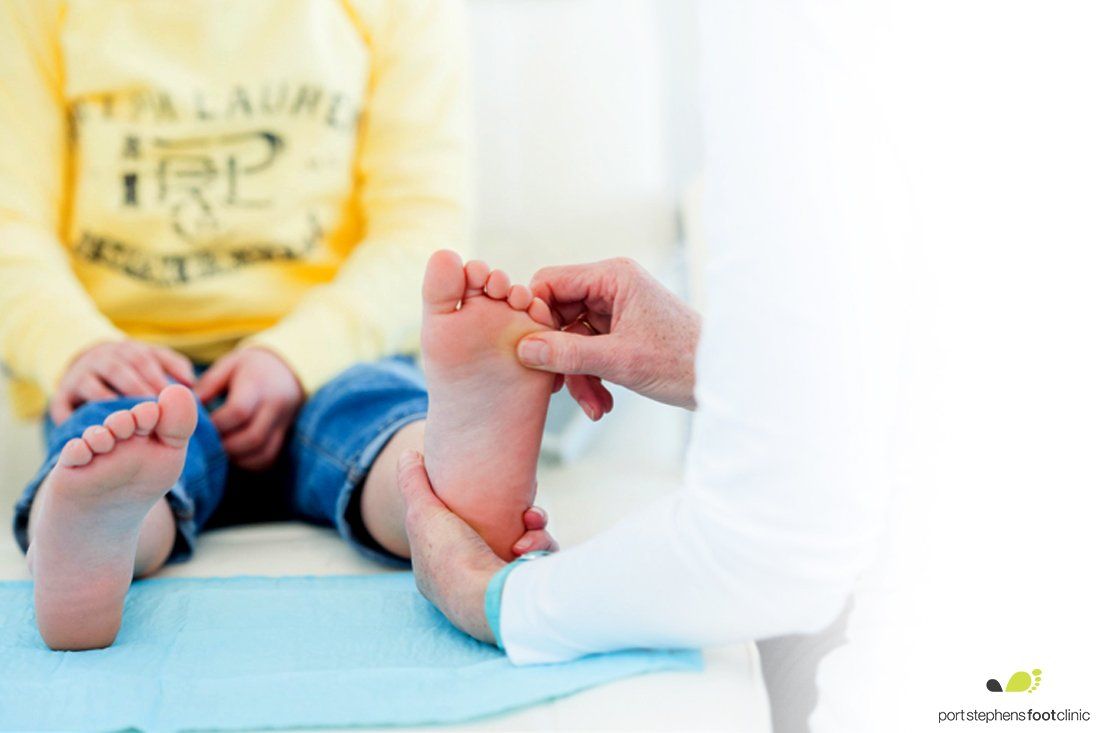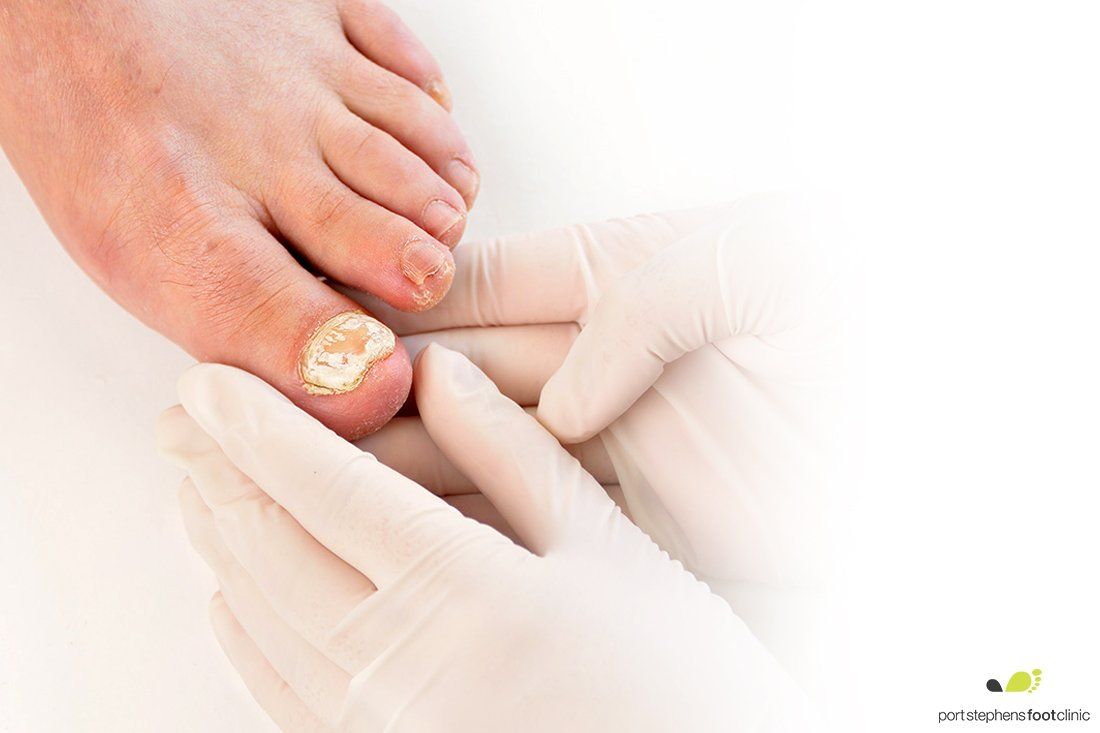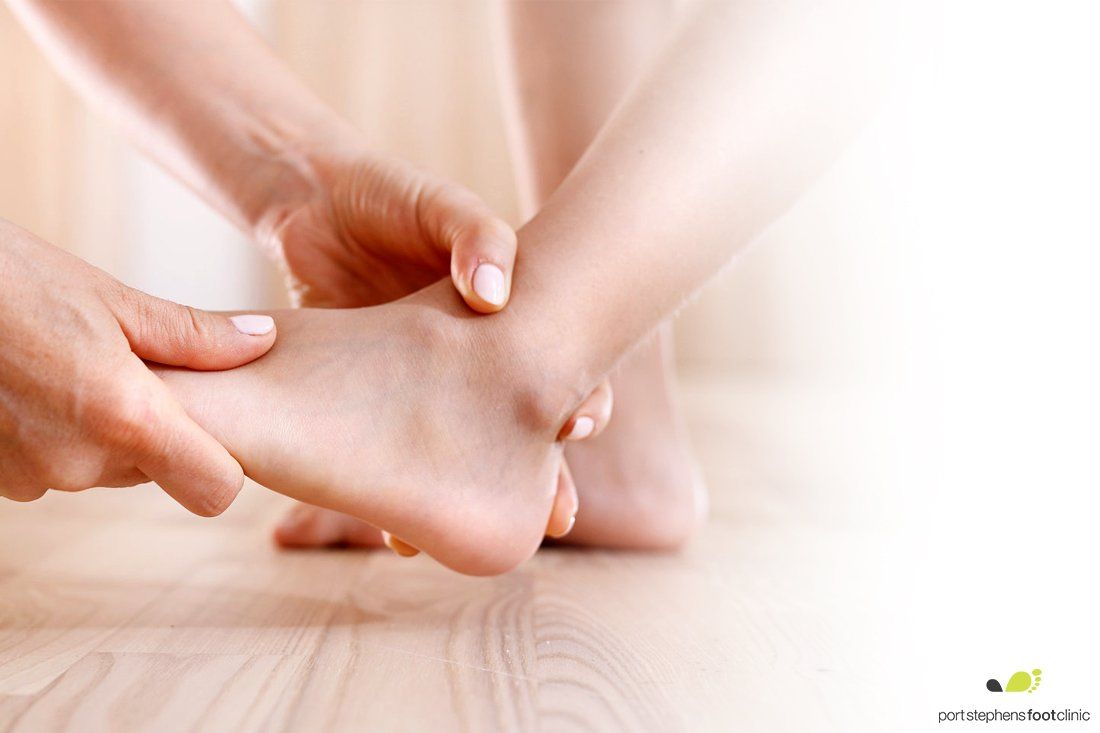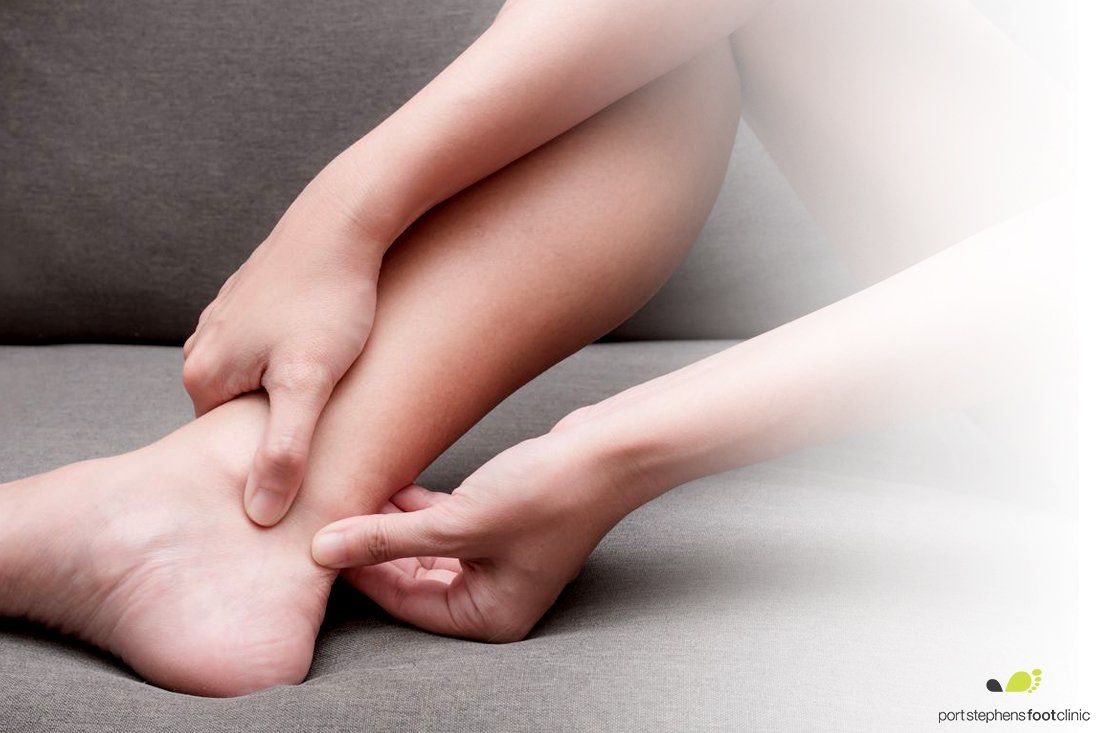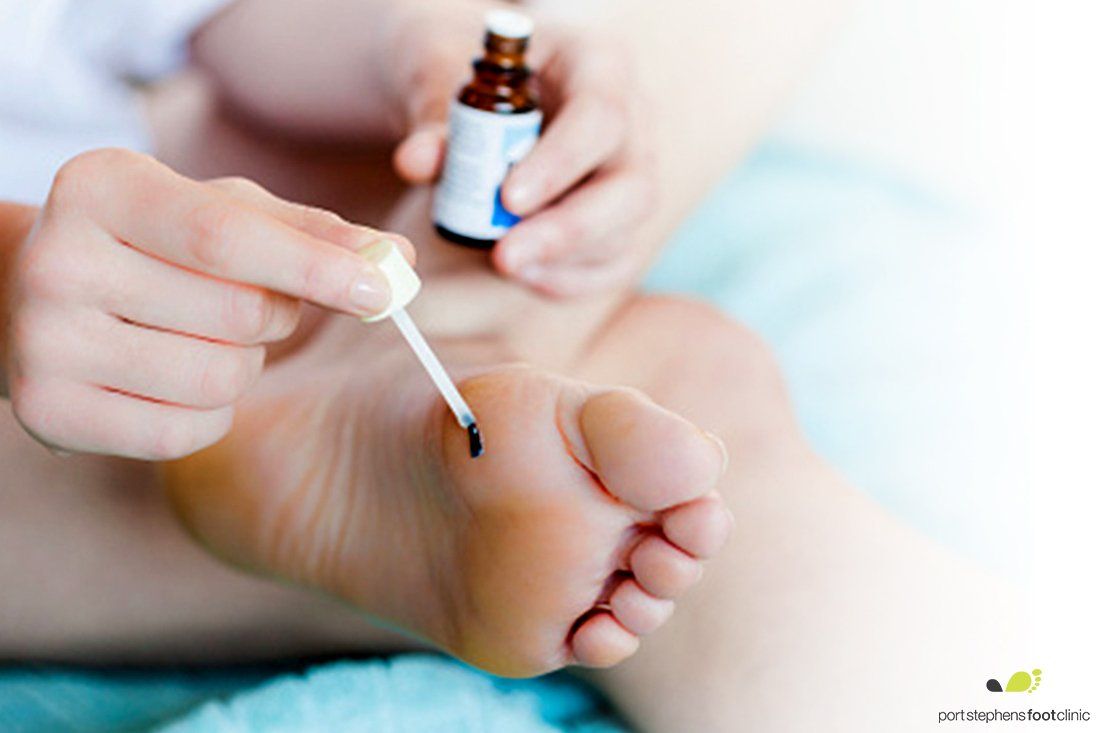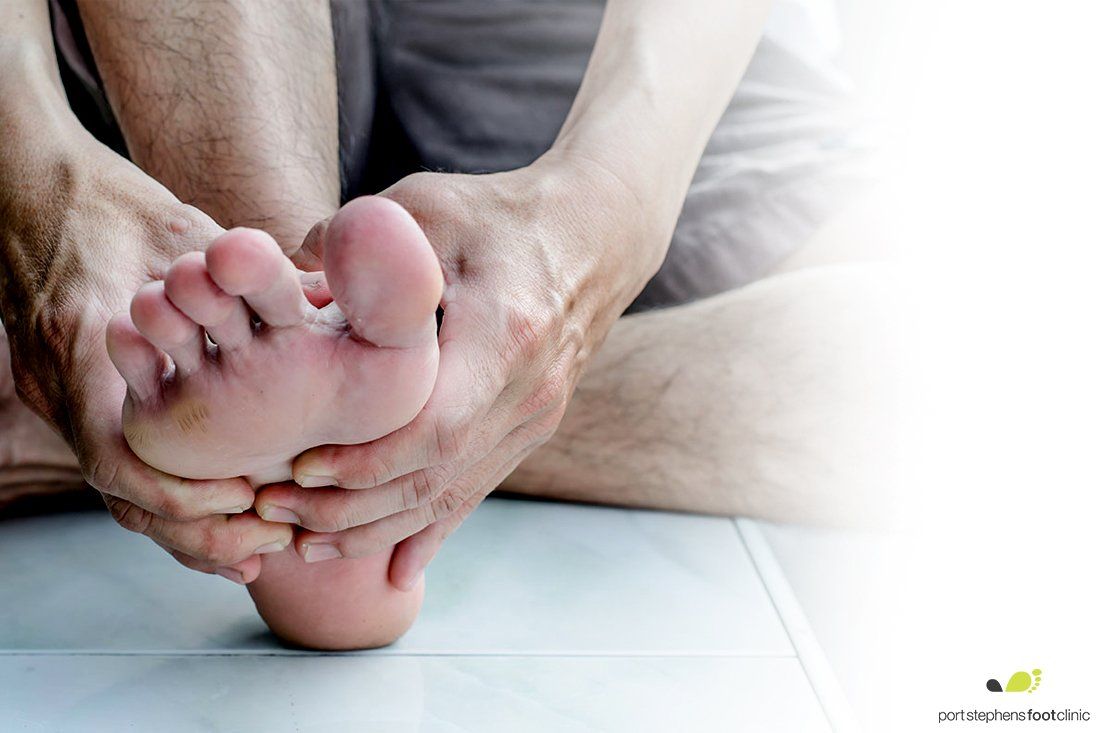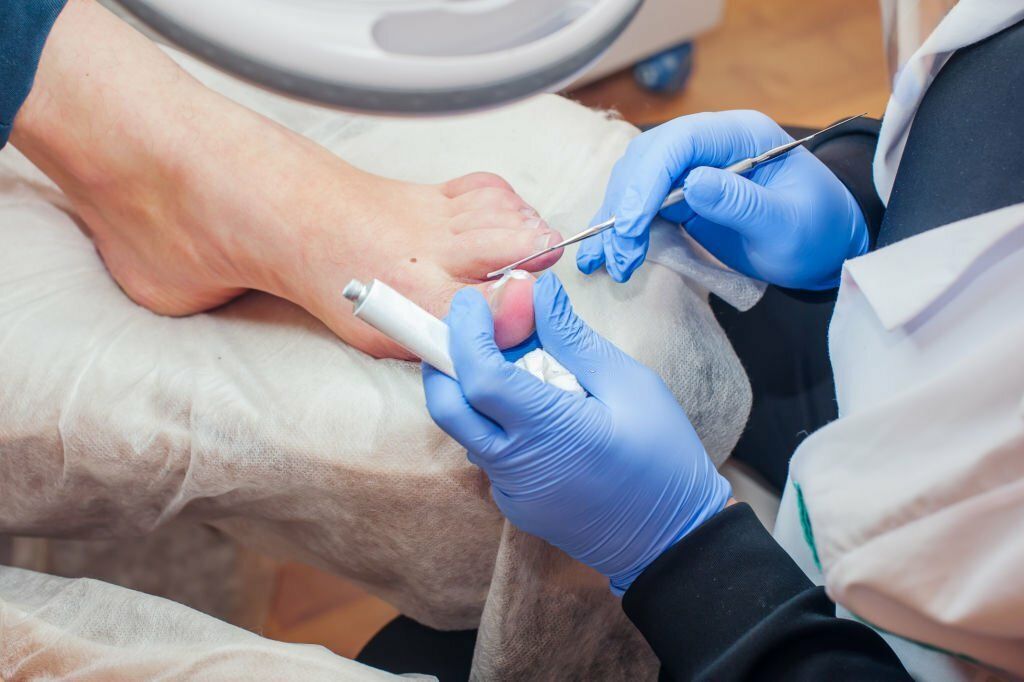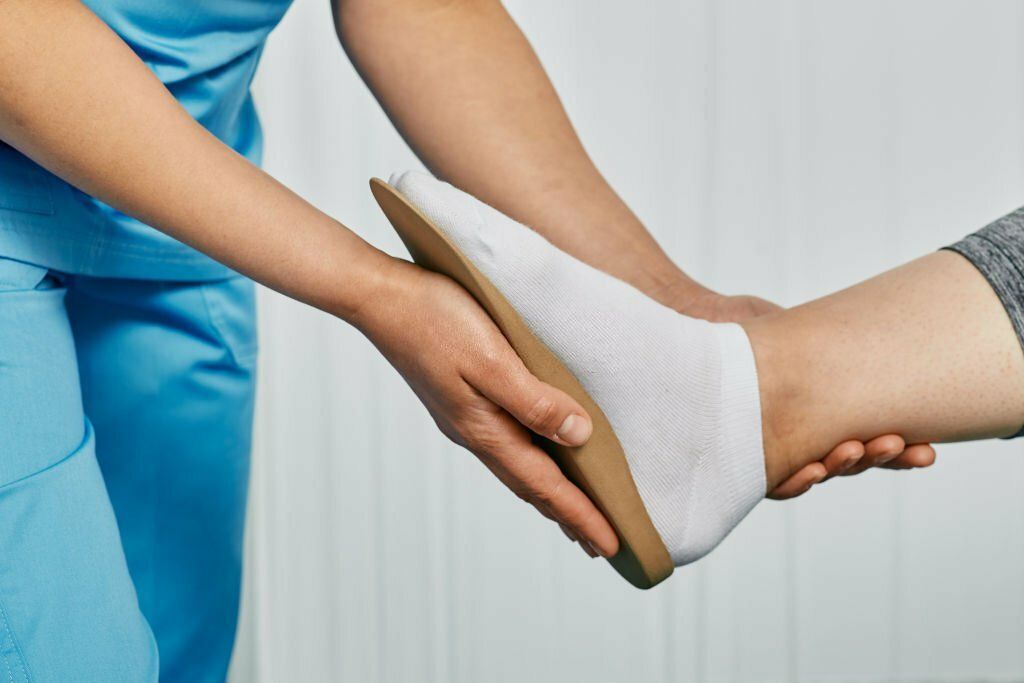Plantar Warts
Warts are caused by a virus and can occur at any age, but are most common in children. There are multiple treatment options available, from gentle to strong. We will devise a treatment plan to suit you and your activities.
What Are Plantar Warts?
Plantar warts are warts that develop on plantar surfaces -- that is, the soles (or bottom) of the feet. Normal standing and walking tends to force them into the skin, and the pressure causes pain to the affected area. Calluses formed by the body’s attempt to prevent spread of warts can also cause pain when walking. Plantar warts are harmless and may go away even without treatment, but in many cases they are too painful to ignore. Plantar warts that grow together in a cluster are known as mosaic warts and can be very painful and should be assessed by a podiatrist as soon as possible for treatment.
What Causes Plantar Warts?
Plantar warts, like all warts, are caused by a virus that invades the skin through tiny cuts or scrapes. The warts may not appear for weeks or months after the initial exposure. Like other viral infections, plantar warts are contagious, commonly spread in public swimming pools, communal showers, or even your shower at home. Epidemics of plantar warts sometimes break out among people who share gym or athletic facilities or who engage in group activities where bare feet are the rule, such as yoga and martial arts. Because most people build immunity to the virus with age, plantar warts are more common in children than in adults.
Some of the wart treatment options include:
Do nothing – about 65 percent of warts clear up by themselves within two years, without any medical intervention. However, new warts occur three times as frequently in infected children as in uninfected ones. This ‘wait and see’ approach isn’t recommended for people with multiple warts, or for those who have had their warts for more than two years.
Topical (applied to the skin) chemicals – such as salicylic acid or lactic acid. Some topical agents can be harmful to healthy skin tissue, which means they are best applied by your doctor or podiatrist or with extreme care. Other topical agents can be applied yourself. It may take three months or more for the treatment to get rid of the warts.
How do our Podiatrist help?
Remove Callus - Most plantar warts develop callus above the wart. This callus can reduce the effect of topical chemicals.
Apply salicylic acid or silver nitrate.
Reduce pain - We can add temporary padding to footwear to reduce pressure on the affected area.
Examples of home wart treatments which you are able to purchase over the counter at any Pharmacy include:
Warteze: (a form of cryotherapy/freezing of the wart to remove it. Apply once every 2 weeks)
Scholl Wart Removal: a disc medicated with Salicylic acid which you apply directly to the water and cover with a plaster which is provided. Leave plaster in place for up to 48 hours. Do not apply to broken skin, healthy skin and not to be used by Diabetics.
Wart-Off Paint: A salicylic and lactic acid combination to be used with extreme care as it can cause infection, especially to healthy surrounding skin. Mask the area around the wart and apply a small amount of paint, then cover the wart so it is unable to breath. This product is recommended to be applied once daily with care. If there are any problems, see your Podiatrist or GP immediately.
Wart-Off Freeze: a cryotherapy/freezing treatment. Apply as directed on instruction leaflet.
Next Steps If You Have Planter Warts...
If you have Planter Warts, it’s a good idea to make an appointment with a podiatrist. At Port Stephens Foot Clinic, a professional podiatrist will regularly look over your feet to ensure no issues are developing. Checking your feet during an assessment and reviewing your treatment options is the key! Our local certified podiatrists based in Lambton, Medowie, Raymond Terrace, Tanilba Bay, Cessnock and Kurri Kurri are ready to assist you with the pain caused by Planter Warts. Don’t delay getting your feet checked by a podiatrist today.



